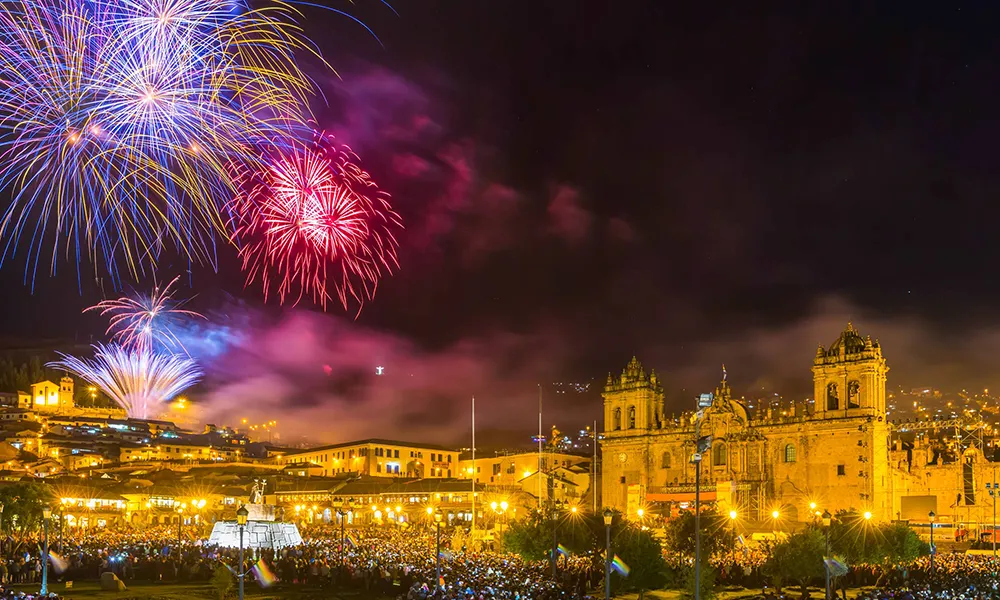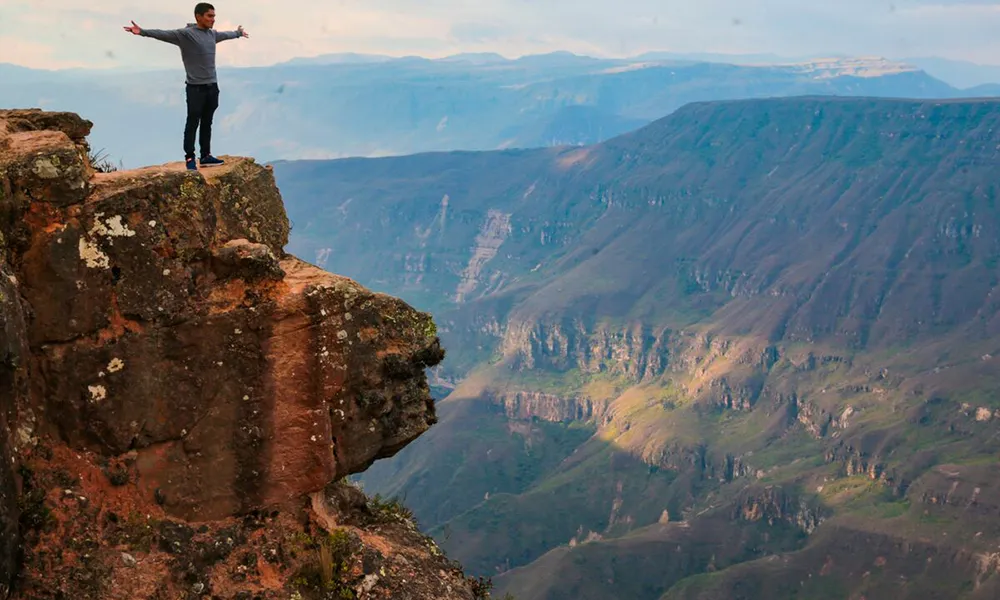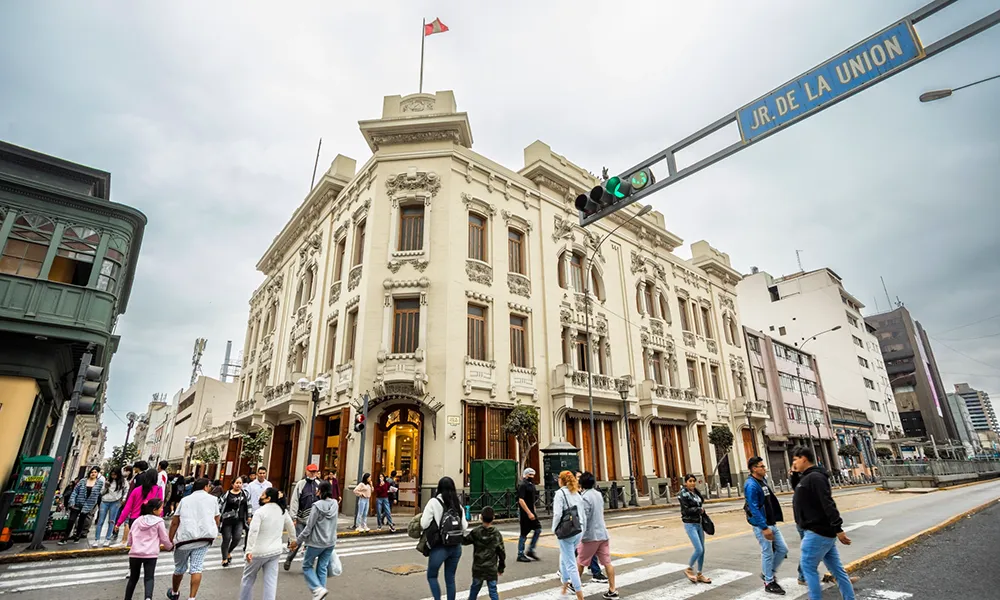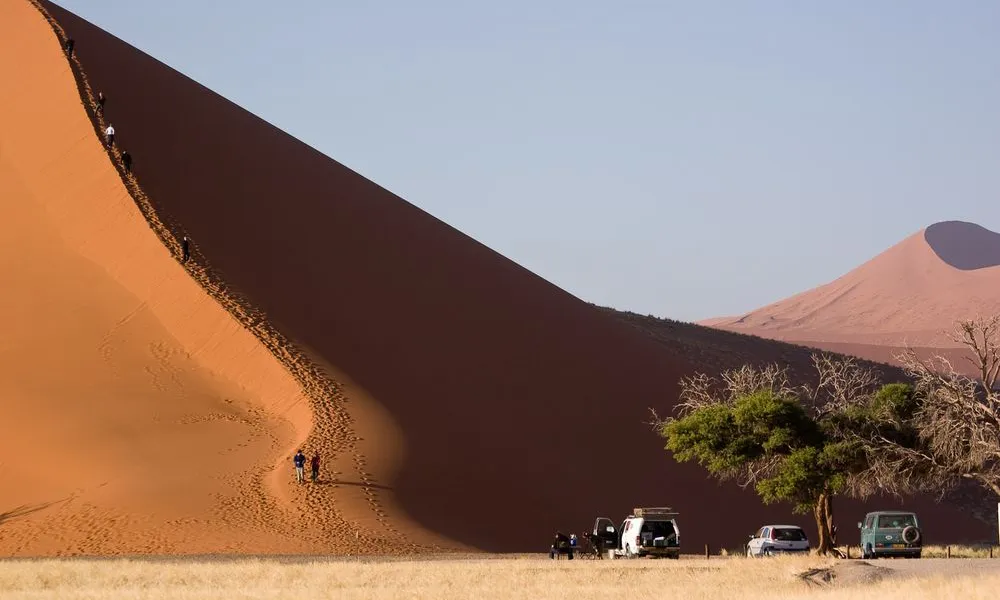Comprehensive Travel Guide for American Tourists Visiting Peru
Peru is a country that offers a unique blend of ancient history, vibrant culture, and diverse landscapes, making it a dream destination for travelers from around the world, especially Americans. From the mysterious Inca ruins of Machu Picchu to the bustling streets of Lima, the Amazon rainforest, and the Andes mountains, Peru has something for every kind of traveler. Whether you’re an adventure seeker, a history buff, or someone who just wants to immerse themselves in the rich Peruvian culture, here’s everything you need to know for a smooth and enjoyable visit.
1. Entry Requirements for U.S. Tourists
Passport and Visa Information
American tourists do not need a visa to visit Peru for stays of up to 90 days. However, you must ensure that your passport is valid for at least six months beyond your date of arrival. Upon arrival at the airport, you’ll be given a tourist card (Tarjeta Andina de Migración) that must be kept with you for the duration of your stay. When you depart, you’ll need to surrender this card.
Customs and Immigration
Once you arrive at the airport in Peru, you will go through customs and immigration. It’s helpful to have the address of your accommodation on hand, as you may be asked where you’re staying during your trip.
2. Currency, Exchange Rates, and Payment Methods
Official Currency: Sol (PEN)
The official currency of Peru is the Peruvian Sol (PEN). At the time of writing, the exchange rate tends to fluctuate, so it’s important to check the current rate before you go. U.S. dollars are accepted in most tourist areas, but the exchange rate can be less favorable, so it’s advisable to exchange your dollars into soles for better rates. Currency exchange booths (casas de cambio) are available in airports, shopping malls, and banks.
Using ATMs and Credit Cards
ATMs are easily found in major cities like Lima, Cusco, and Arequipa. However, rural areas may have limited access to ATMs, so plan ahead for cash needs. Most large businesses, hotels, and restaurants in urban areas accept major credit cards (Visa, MasterCard), though smaller shops and street vendors often prefer cash. Always notify your bank before traveling to avoid issues with your credit card.
3. Language and Communication
Official Languages
The official language of Peru is Spanish, and it is widely spoken across the country. However, in regions with a high indigenous population, you may also hear Quechua and Aymara spoken, especially in the Andes and the Altiplano areas. In major cities and tourist hotspots like Cusco, Lima, and Arequipa, many people speak at least some English, though basic Spanish phrases will be extremely helpful.
Common Spanish Phrases for Travelers
-
¡Hola! – Hello!
-
¿Cuánto cuesta? – How much does it cost?
-
¿Dónde está el baño? – Where is the bathroom?
-
Gracias – Thank you
-
¿Habla inglés? – Do you speak English?
4. Weather and Best Time to Visit
Peru’s climate is diverse, thanks to its geographical variety, which includes coastal deserts, the high Andes mountains, and the tropical Amazon rainforest. Here’s a quick breakdown of the weather in different regions:
-
Coast (Lima, Ica, Trujillo): Generally mild with temperatures ranging from 60°F to 75°F (16°C to 24°C). The coastal areas can be foggy and cool from June to November, known as the “winter” months.
-
Andes (Cusco, Sacred Valley, Arequipa): The high-altitude regions experience colder temperatures, particularly at night. Daytime temperatures can range from 50°F to 75°F (10°C to 24°C) during the dry season (May to September), while nighttime temperatures can drop below freezing.
-
Amazon Rainforest (Iquitos, Puerto Maldonado): Hot and humid, with temperatures ranging from 75°F to 90°F (24°C to 32°C) year-round. The rainy season runs from December to March.
Best Time to Visit
The ideal time to visit Peru depends on the regions you plan to explore:
-
Dry Season (May to September) is perfect for outdoor activities like trekking, especially in the Andes and Machu Picchu.
-
Rainy Season (October to April) can make trekking more challenging, particularly around Machu Picchu, but the lush landscape in the Amazon rainforest becomes even more vibrant.
5. Health and Safety Considerations
Vaccinations and Health Precautions
Before traveling to Peru, check with your healthcare provider for recommended vaccinations. The Centers for Disease Control and Prevention (CDC) generally recommends vaccines for Hepatitis A, Hepatitis B, Typhoid, and Yellow Fever. Yellow fever vaccination is specifically recommended for those traveling to the Amazon Basin.
Water and Food Safety
Tap water in Peru is not safe to drink. Always opt for bottled water or purified water, which is widely available. Avoid consuming raw fruits and vegetables unless they have been peeled or properly sanitized.
Personal Safety
Peru is relatively safe for tourists, but like in any major tourist destination, you should remain vigilant in crowded areas, especially around bus stations, markets, and tourist attractions. Pickpocketing and petty theft can occur, so it’s best to keep your valuables secured and avoid flashing large amounts of cash.
6. Transportation in Peru
Domestic Flights
Peru’s geography can make long-distance travel challenging by road. For destinations like Cusco, Arequipa, or Iquitos, the most efficient way to travel is by domestic flights. The main airline, LATAM, provides multiple daily flights from Lima to other major cities.
Trains
For a more scenic route, train travel is popular, especially if you’re heading to Machu Picchu. The train ride to Aguas Calientes (the town closest to Machu Picchu) offers stunning views of the Sacred Valley.
Public Transport
In larger cities, public buses and taxis are widely available. While Uber operates in cities like Lima and Cusco, be cautious of unregulated taxi services. It’s always a good idea to arrange your transportation through trusted apps or your hotel.
7. Popular Tourist Destinations
Machu Picchu
Machu Picchu is one of the New Seven Wonders of the World and undoubtedly the most famous attraction in Peru. This Inca citadel, perched on the Andes mountains, is an iconic destination for history lovers and adventure enthusiasts. You can access Machu Picchu by trekking the Inca Trail, taking the train, or hiking alternate routes like the Salkantay Trek.
Cusco and the Sacred Valley
Cusco, the ancient capital of the Inca Empire, is a UNESCO World Heritage site known for its cobbled streets, colonial architecture, and surrounding archaeological wonders. The Sacred Valley offers stunning views and sites like Ollantaytambo, Pisac, and Moray.
Lake Titicaca
The world’s highest navigable lake, Lake Titicaca, sits on the border between Peru and Bolivia. The lake is home to unique floating islands made of reeds, inhabited by the indigenous Uros people.
Amazon Rainforest
For eco-tourism, the Amazon rainforest is an unparalleled destination. You can explore the jungle from cities like Iquitos or Puerto Maldonado, experiencing incredible biodiversity and wildlife.
8. Peruvian Cuisine
Peru is renowned for its culinary scene, which blends indigenous ingredients with European and Asian influences. Here are some must-try dishes:
-
Ceviche: Fresh fish marinated in lime juice and mixed with onions, cilantro, and chili peppers. It’s often served with sweet potato and corn.
-
Lomo Saltado: A flavorful stir-fry of beef, onions, tomatoes, and French fries, served with rice.
-
Aji de Gallina: A creamy, spicy chicken stew served with rice and potatoes.
-
Pisco Sour: Peru’s national drink, with pisco (a local brandy), lime juice, egg whites, and bitters.
9. Cultural Etiquette and Customs
Peruvians are known for being warm and welcoming to visitors. When interacting with locals:
-
Greetings: A firm handshake is the standard greeting, and a hug may be used in informal settings.
-
Respect for Traditions: In rural areas, especially in the Andes, it’s important to dress modestly and respect local customs.
-
Tipping: While tipping is not mandatory, it is appreciated. In restaurants, a 10% tip is common if service charges are not already included.
10. Practical Travel Tips
-
Electricity: Peru uses 220V, so you may need a plug adapter if your devices use 110V.
-
Time Zone: Peru is on Peru Time (UTC -5), and there is no daylight saving time.
-
Local SIM Cards: If you want to stay connected, you can purchase a local SIM card at the airport or in major cities for affordable data and calling plans.
Conclusion
Peru is a land of rich history, fascinating cultures, and diverse landscapes. Whether you’re hiking to ancient ruins, sampling incredible food, or exploring the depths of the Amazon rainforest, this South American country has something to offer every traveler. Prepare for an unforgettable journey by understanding the basics of travel in Peru and immersing yourself in everything this beautiful country has to offer. Happy travels!








